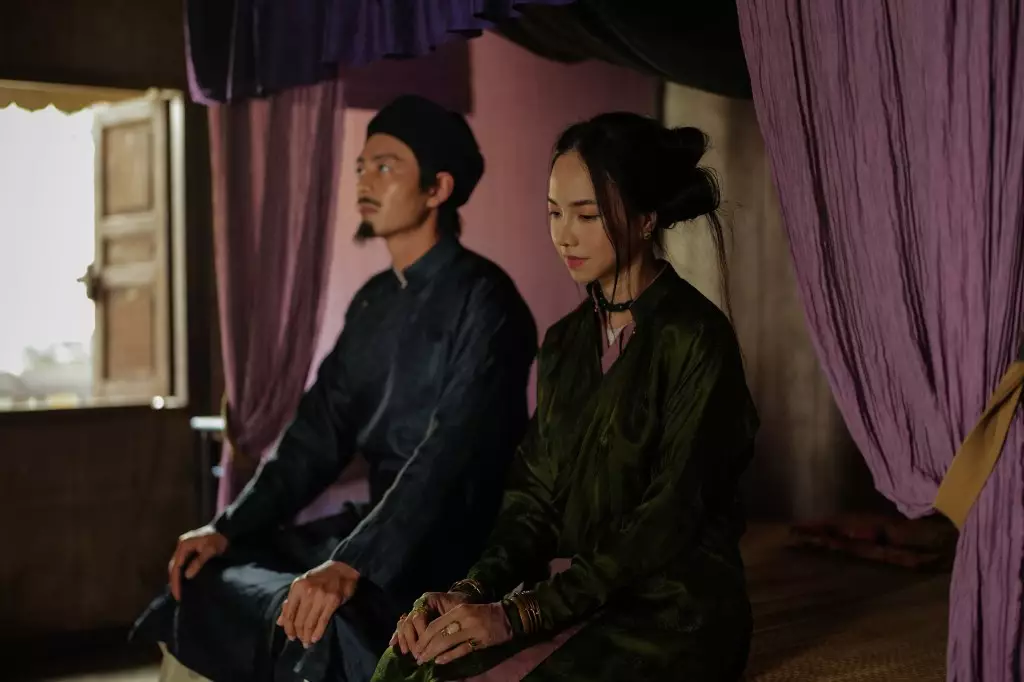In an era where films frequently fall prey to formulaic plots and hollow dialogues, “Detective Kien: The Headless Horror” emerges as a breath of fresh air. Directed by Victor Vu, this film is the highest-grossing horror thriller in Vietnam’s rich cinematic history, and its international rollout across 12 countries signifies more than just a commercial endeavor; it’s a cultural phenomenon. The movie debuted in Vietnam on April 30 and amassed an astounding 150 billion VND ($5.8 million) within the first week, a clear indication that audiences are eager for authentic storytelling steeped in cultural heritage.
As it prepares to debut in places like the U.S., UK, and Germany, we must examine why this film transcends ordinary entertainment to become a pivotal moment for Southeast Asian cinema on a global stage.
Cultural Richness and Historical Context
At the heart of “Detective Kien” is not merely a narrative about a detective’s chase for a headless corpse but a window into Vietnam’s rich history during the Nguyen Dynasty. As viewers are swept into the depth of Vietnam’s societal intricacies—instantly apparent through expertly crafted production design and dedicated attention to authenticity—the film serves as a reminder that cinema can be both commercially viable and culturally enriching. Victor Vu’s passion to portray Vietnamese society accurately allows audiences to engage with a narrative that feels intimate and authentic, yet universally relatable.
This unique cultural exploration is precisely what many Western films lack, relying instead on cliché tropes and overused settings. Vu’s commitment to bring Vietnam’s distinct traditions and beliefs to the forefront can inspire other filmmakers to create narratives that showcase their own cultural heritage, undoubtedly enhancing global cinema’s diversity.
Masterful Storytelling Amidst Genre Boundaries
“Detective Kien” transcends the traditional genre boundaries of horror films by weaving elements of thriller, mystery, and supernatural intrigue into the fabric of its storytelling. As Kien navigates chilling plot twists—rooted in Vietnam’s folklore—viewers will not only be captivated by the unpredictable narrative but also challenged to consider deeper philosophical questions about the intersections of humanity and the supernatural. In an age of mindless entertainment, this multi-layered approach can not only attract wider audiences but also foster deeper conversations about the genre itself.
The blend of twists and supernatural influences will keep viewers on the edge of their seats, while simultaneously prompting discussions about identity, morality, and tradition. It’s this level of complexity that separates “Detective Kien” from other films within its genre, establishing it as a landmark entry into the realm of psychological and sociocultural discourse.
A New Era for Southeast Asian Cinema
As “Detective Kien” gears up for international release, the implications extend far beyond ticket sales. The film represents a deliberate shift within the Southeast Asian film industry aiming for global recognition. Firmer distribution pathways and acknowledgment of the need for cross-cultural narratives point toward a burgeoning era where indigenous stories resonate on international platforms. Thien A. Pham, founder of 3388 Films, articulates this vision well: he emphasizes the importance of preserving the theatrical experience, prioritizing collective storytelling over solitary consumption.
While other regions struggle with box office turnout amid streaming competition, the Vietnamese film landscape is setting a new standard, advocating for actual in-theater experiences. This could very well resonate within Western film markets where communal viewing has been overshadowed by digital streaming. It exhibits a sense of cultural resilience, suggesting that audiences are still yearning for narratives that invite shared emotions and experiences.
The Future Looks Bright
As “Detective Kien: The Headless Horror” positions itself as a potential game-changing film, it stands to redefine how horror, thrillers, and cultural narratives can intertwine. With its impeccable casting, stunning visuals shot in historically rich locations, and a profound plot, it becomes a strong contender for elevating not just Vietnamese cinema but also igniting global interest in Southeast Asian storytelling.
Victor Vu’s masterpiece isn’t merely a film; it embodies a cultural mission to bridge the gap between local roots and global audiences. Given its success, there’s a hopeful prospect that we might soon witness a burgeoning renaissance of storytelling that genuinely encapsulates the myriad traditions from around the world, reflecting the rich tapestry of global culture.

